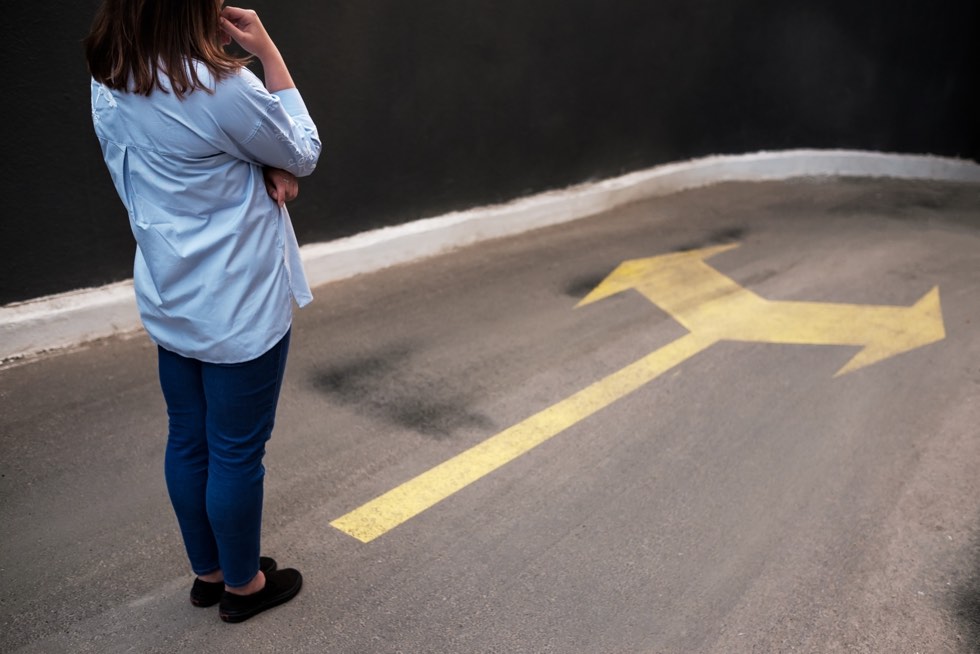EXPERIENCE MAKERS: THE CONSUMER AND THE PARADOX OF CHOICE
In the paradox of choice the psychologist Barry Schwartz speaks about the official dogma of western industrial societies, which we could summarise in the following motto ‘in order to maximise the wellbeing of our citizens we must maximise the freedom of its individuals’.
However, Shwartz believes that having to choose does not liberate us, rather it paralyses us. It does not make us happier, on the contrary it is a source of discontent.
Let’s see why.
The abundance of choice leads us to the so-called paradox of choice, characterized by three negative elements:
- paralysis. When the number of options increases further we end up not being able to choose any.
- the spiral of expectations. The more options are available the more likely we are to be disappointed by the slightest unsatisfactory detail.
- the ‘opportunity cost’. The more options are available, the more their respective appealing features will work against us as opportunity-costs to be assessed.
What is the maximum number of options we can deal with? Some say six, others say three … Why more is less is a reference work for behavioural psychologists.

The proliferation of options does not make us happier and it does not liberate us.
Yet, in almost all sale processes, CONSUMERS disintermediate, collect information and or buy directly on the web, while managing a very high number of options. Helped by the DIY digitalisation, consumers autonomously create their basket of information and choice.
This does not go without effort and the outcome is not always satisfying.